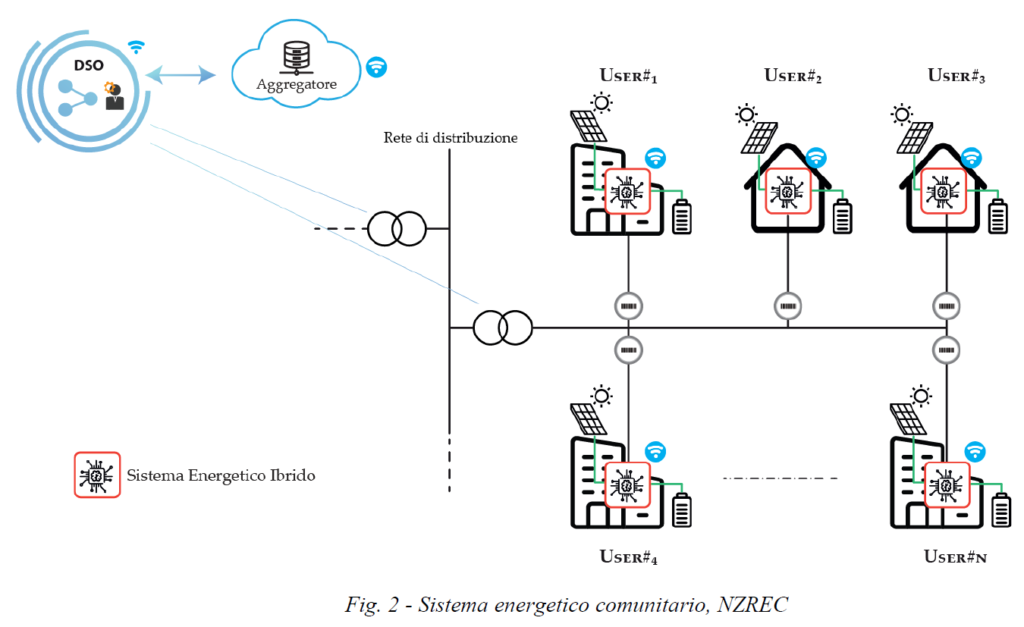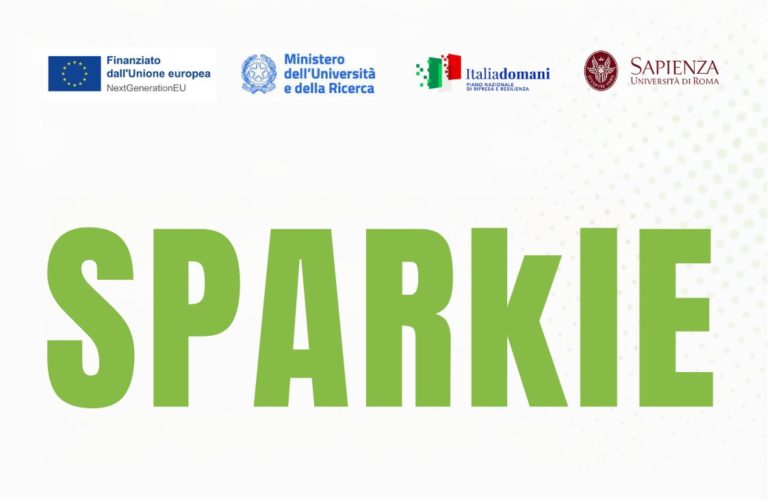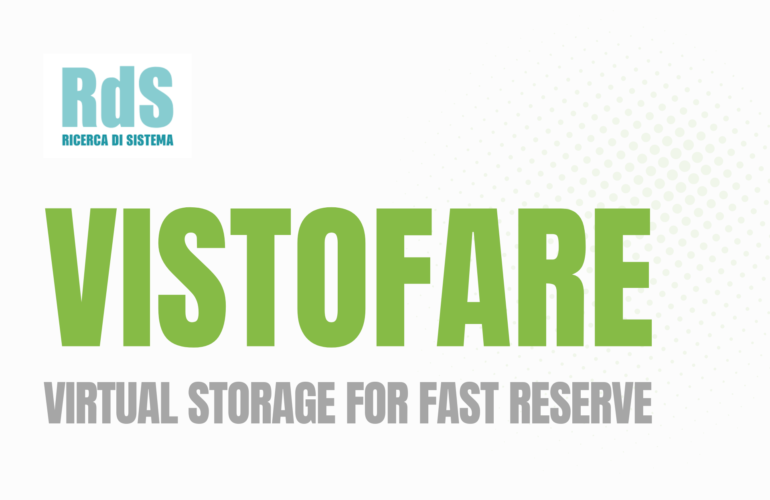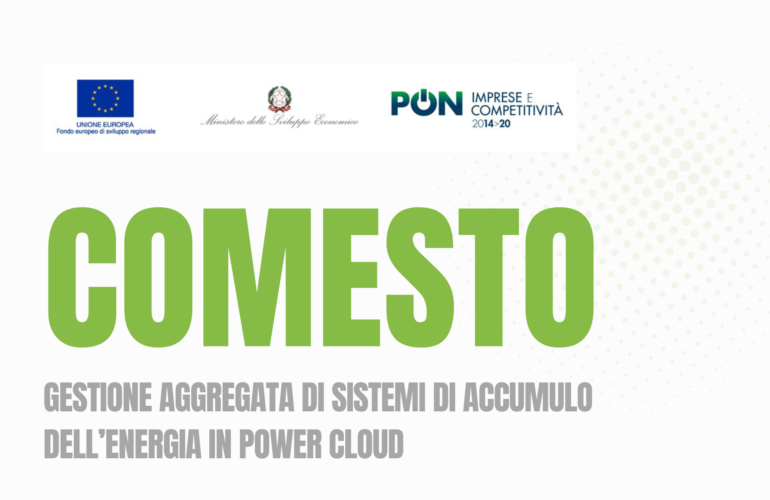Social, Economic, and Legislative Context
The SEI project aligns with the strategic direction set by the EU, the Italian NECP, and the Smart Specialisation Strategy Calabria (S3 Calabria), sharing the objectives of an energy transition that aims at decarbonizing energy consumption to move towards a carbon-free system.
Europe and Italy are currently undergoing a full-scale energy transition, a process that involves shifting from non-renewable energy sources to renewable ones. This transformation requires a modification of production, distribution, and consumption models within a given territory, aiming for energy savings, economic efficiency, and increased use of green energy.
This transition is characterized by: A continuous increase in the penetration of renewable energy generation systems (RES). A massive boost in energy efficiency, with a particular focus on building energy consumption. Greater use of electricity to replace energy demand traditionally met by fossil fuels, particularly in domestic heating systems and transport (especially road transport).
In Italy, several legislative and regulatory measures have been introduced to support: The integration of electricity in residential and transport sectors, making it more convenient for end users. The transition to an “all-electric” model, where renewable sources play an increasingly important role. However, this transition still presents technical and regulatory challenges, such as: The non-programmability of renewable energy sources (such as solar and wind). Uncertainty in predicting generation capacity. The need to update regulations to efficiently manage the integration of distributed renewable energy sources. Regulatory adaptation efforts must therefore: Ensure system reliability and security. Adapt to new generation and consumption models.
These considerations are embedded in the EU’s Energy Union Strategy (EUS) roadmap, which aims to develop zero-emission energy systems. This project fits within this framework, contributing to the Second Energy Union State of the Union, accelerating innovation in clean energy sectors.
Need for Innovation
The company's need for innovation focuses on positioning itself in a market segment where innovative solutions already exist, but their functionality and performance require further advancements. Specifically, given that the scientific community has not yet reached a definitive consensus on electrification and the use of a broad range of energy storage technologies, the SEI system is positioned as an enabling technology for the efficient and integrated management of energy storage.
General Objective
In this context, the proposed project aims at optimization (WP1) and engineering (WP2) of the SEI system, supported by a testing phase (WP4) leading to the achievement of operational results (TRL7) as well as the definition of the production line (WP3). The solution under experimental development aims to address the issue in a comprehensive, scalable, and replicable manner, maximizing the impact of research in the field of leading technological priorities in the reference sectors expressed at the European and national levels, in concrete development and competitiveness opportunities for the Italian industry. The SEI certainly falls within the enabling technologies of possible adoptable solutions to facilitate the energy transition, among which the one based on citizen involvement in building aggregations such as those identifiable as renewable energy communities (CERs).
Through CERs, the goal can be achieved by encouraging citizens to consume the energy produced by FER-powered plants and belonging to the community itself (self-consumption) as "instantaneously" as possible. In "quasi-static" conditions, this would help minimize the mismatch between required power and the total power commonly generated by plants within the community.
A citizen engagement strategy can stimulate aggregation into CERs and contribute to economically incentivizing this self-consumption model, rewarding CER members who, through more virtuous behaviors, contribute to the goal. Clearly, spreading this "modus operandi" within the electrical system could certainly be a significant contribution to overcoming the fundamental issues previously mentioned, related to the non-programmability of FERs.
In addition to virtuous behaviors by CER members, it is also possible to use appropriate technologies (innovative interface systems connecting FER-powered generators to the power grid, storage systems, smart meters, and management platforms, etc.) that help the community move towards "instantaneous" self-consumption of produced energy, allowing the realization of what could be defined as "Net Zero Power Renewable Energy Community" (NZPREC).
CERs, therefore, can make a significant contribution to the national electricity system in maintaining the balance between generation and load, which is necessary to ensure correct system operation while facing an increasing penetration of FERs and a gradual phase-out of traditional fossil fuel-based generation.
Specific Objectives
Optimize the SEI system and promote the transition from TRL4 to TRL7. The functional characteristics of SEI will be evaluated in consideration of the operational framework and compliance with Italian national regulations, which are based on the concept of "virtual" self-consumption. "Virtual" self-consumption (also defined as "third-party extended self-consumption") follows well-defined rules, using the public grid not only as an energy exchange point but also as a tool for self-consumption and demand generation management. The normative framework, therefore, incentivizes "virtual" self-consumption (valued on a net basis) and guides it towards a very close model to what is defined as NZPREC. When this model is applied to SEI, it becomes possible to encourage CER members to adopt this approach, facilitating energy sharing based on the "instantaneous" self-consumption scheme. Develop an integrated modular architecture for mixed energy management, incorporating storage technologies to ensure better electrification of loads and improve smart functionalities towards the integration of aggregated services for distribution and transmission operators.




